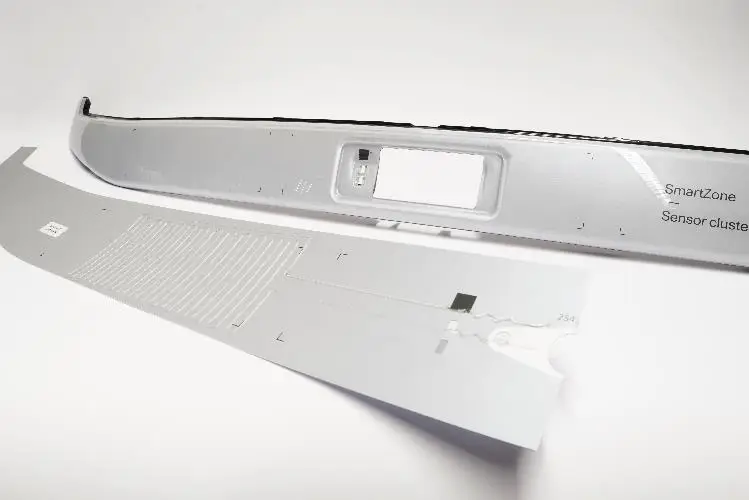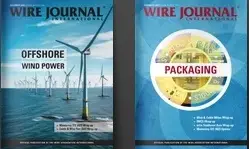The Fraunhofer Institute for Machine Tools and Forming Technology (IWU) is set to reveal the newest iteration of its Wire Encapsulating Additive Manufacturing (WEAM) technology at the Formnext 2025 event in Frankfurt, Germany. This innovative system allows for the direct integration of electrical functions into components using standard wires and cables, thereby eliminating the need for conductive pastes, inks, or powders.
The WEAM technology utilizes homogeneous alloy wires with a constant conductor cross-section, resulting in superior electrical and mechanical performance for both sensing and load-bearing applications. Fraunhofer IWU asserts that the electrical behavior of printed structures can be precisely adjusted through the selection of alloy, wire diameter, and trace layout. Furthermore, the printhead’s continuous rotation facilitates deposition onto complex geometries, allowing for the direct incorporation of power and data lines, sensors, and electromagnetic shielding into existing or newly manufactured components.
At the Formnext event, a series-ready WEAM printhead integrated into a system from manufacturer CR3D will be showcased. Lukas Boxberger and his team will present four industrial applications that underscore the technology’s versatility.
One such application, developed for automotive supplier Nissha, features a radome with an integrated heating element. Heating conductors were printed directly onto a foil that was subsequently formed and shaped, thereby preventing delamination during back-injection molding. This results in consistent de-icing performance for radar sensors under extreme conditions, while also reducing material and energy consumption.
Another application demonstrates the production of flexible and stretchable circuit boards. This is achieved by printing copper traces onto a 0.1 mm-thick thermoplastic polyurethane (TPU) film. The resulting circuits are lightweight, durable, and can be seamlessly integrated into wearables, vehicle interiors, or building materials.
In a further development, Fraunhofer IWU has manufactured PFAS-free flexible conductors that can withstand continuous operation at 260°C and short-term exposure up to 300°C. As the conductors are bonded with the same polymer as the substrate, fluorinated coatings are not required, thereby enhancing recyclability, mechanical stability, and environmental compatibility.
The final demonstrator is a drone housing with embedded electrical functions. This application showcases the potential of WEAM technology in the aerospace and robotics sectors.



